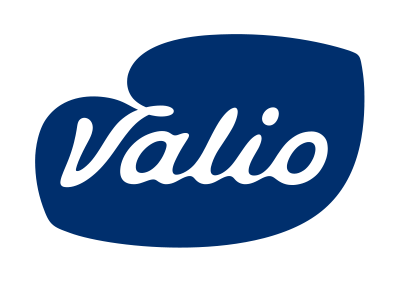How do I organise recycling at home?
Practical and attractive recycling solutions encourage sorting. However, homes are not typically designed with an obvious place for each type of material, so many times the solutions require some creativity. We’ve put together some of the best tips to organise recycling.
How can the amount of waste be decreased?
Reducing the volume of waste not only makes your own daily life easier, it also reduces the load on the environment. For example, the 5 R approach (Refuse, Reduce, Reuse, Repurpose, Recycle) is a good way to reduce the amount of waste. Prevent waste in the first place, for example by refusing free paper advertisements or disposable goods that are useless to you. Practice thoughtful consumption, increase the reuse of old products, e.g. using a plastic bag multiple times, or find new ways to use items, like using an old toothbrush in cleaning. If the life of an object can no longer be extended, recycle it so that it can be used to make new products. About 86% of Valio’s packaging materials can be used in the production of new products; our goal is to increase that number to 100% by the end of 2030.
Why aren’t packages clearly marked for recycling?
The meaning of the arrows, letter combinations and numbers indicating the recyclability of packaging isn’t always obvious to consumers. These markings are voluntary in Finland, and that’s why there are so many kinds of them. Easy-to-find, plain-language recycling instructions have been added to all Valio products because we want our packaging to be recycled into material that can be used to make new products.
What kind of wrapping should biowaste be packed in? Should bio-plastic bags be used?
This is a location-specific matter. Biowaste packaging instructions depend on how the waste is processed locally. Almost everywhere, biowaste can be wrapped in a paper bag, newspaper, uncoated cardboard or even a cereal box. In some places, biowaste can be packaged in biodegradable plastic bags. This should be verified with the municipal waste facility. Biowaste is usually moist, so bags that are not plastic tend to break easily. An egg carton or newspaper at the bottom of the biobag can absorb moisture and help keep the bag intact longer.
Still have questions about Valio’s packaging? Contact our consumer service.









